Are you a beginner at acrylic painting? Or a paint by numbers enthusiast who wants to take it a step further? If so, you're in luck! In this blog post, we will be sharing 36 simple advanced techniques that you can use to take your paintings to the next level. So what are you waiting for? Get started today!
Wet brush
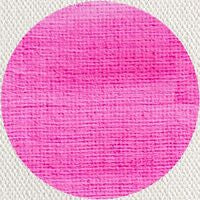
To use acrylic paint, start by wetting your brush and mixing the paint with water on a palette until it forms a uniform liquid. Then, apply an even layer of paint across the surface you're working on. Acrylic paint dries quickly, so be sure to work in small sections if you're painting a large area.
Wet canvas

First, wet the brush and canvas, then apply the paint to the canvas. Make sure to thin the paint out with water, so it doesn't clump up on the canvas. This will give you a more even coat of color.
Dry brush
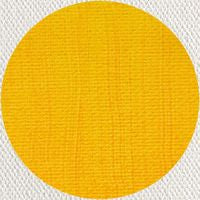
Using a dry brush, scoop up a large amount of paint and apply it to the canvas.
Dilute paint
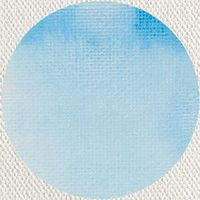
Thin your paint with water on the palette, and apply it to the canvas. Wash your brush, then lightly run a clean, wet brush around the edges of the painted surface. Repeat this a few times. You'll need to work quickly, as thin layers of acrylics dry very fast.
Relief effect
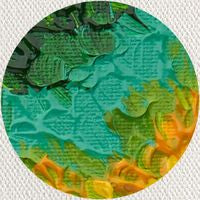
If you want to create a gradient relief effect in your painting, squirt out some paint onto your palette in various colors. Using a flat brush, apply the paint to your canvas in tiny strokes, making sure to position the strokes close together. This technique requires quite a bit of paint to build up the texture for true relief. Try with different colors and brushstrokes to create your own unique gradient effect.
Splatters

This acrylic painting technique can be messy, so it's important to cover your work surface with a plastic sheet before you start. Next, squeeze the acrylics onto a palette (you can use one or several colors), take an old toothbrush and pick up some paint, and pull the bristles back with your fingernail. To create splashes and splatters of different sizes, vary the amount of paint on the brush, the amount of force you use, and the distance between the toothbrush and the canvas.
Printing texture
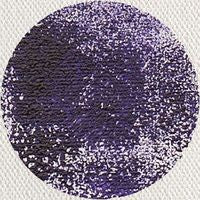
To create a dry sponge printing texture with acrylic paint, start squeezing some paint onto your palette. Next, dip a dry foam rubber sponge into the paint and press it onto your canvas. Then, quickly remove the sponge. Repeat this process until you achieve the desired look. The amount of paint and the force applied to the sponge will affect the final texture. For best results, practice on your palette first before moving onto your canvas.
Vignetting texture

One simple way to add interesting texture and dimension to your painting is by using a wet sponge. First, wet the sponge and then dip it into your paint. Make sure to stir well so that the water on the sponge is fully fused with the paint. Then, apply the wet paint to your canvas. Avoid pressing too hard so that you don't have an uneven surface.
Rough texture

One way to create exciting textures with acrylic paint is to use a dry, rough sponge. To do this, lift some paint with the sponge and press it onto the canvas. Next, move the sponge away from the canvas and repeat this process until you achieve the desired texture. The amount of pressure you apply and the amount of paint you use will determine the final texture of your painting.
Palette knife
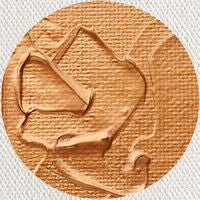
You can try other tools for painting besides a brush, such as a palette knife. Start by scooping up some paint from the palette. Then, using different angles, transfer the paint to the canvas. The key to maintaining the texture is not to apply too much pressure to the knife.
Edge blending

Squeeze out two colors on canvas side by side. Then, use a circular motion to blend the colors until you create a third color.
Gradient colors

Color gradients are created by mixing two colors. To create a gradient, start by painting a line of one color on the top of the canvas and a line of another color on the bottom. Then, use a wet brush to mix the two colors together, gradually blending them in the process. Be sure to work quickly as acrylic paint dries fast.
Layered painting
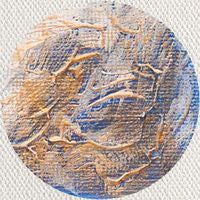
First, apply a layer of color using a thick brushstroke. Once the color has dried, take a clean bristle brush and lightly apply another color over the top. Repeat this process until you are happy with the result.
Mixing colors on the canvas

Start by squeezing three colors out of their tubes directly onto the canvas. Then, use a dry brush to stir the colors, but don't mix them altogether. Instead, leave the paints' textures and streaks of different colors untouched. This will create an interesting and unique effect in your painting.
Mix colors on the palette
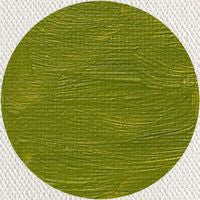
Squeeze out two colors straight from the tubes. Stir them in a circular motion until they blend thoroughly, then apply an even layer to your surface.
Imitation of the Sgraffito technique

This centuries-old technique is most commonly used in sculpture and pottery making, but can also be used to create interesting patterns and designs in paintings. To create a sgraffito, first apply a dark shade of paint thickly on the surface. Next, wait for it to dry fully. Then, apply gold paint or another light-colored paint on top of it. Before it dries, use the opposite side of the brush, a small stick, or a toothpick to scratch a line, triangles, dots, symbols, or any other shapes you like through this top layer of paint. This will reveal the darker color beneath and create a unique design.
Pouring paint

Pouring is a painting technique that uses paint that is specially formulated and premixed. You will need three separate cups of paint. Add the paints into one cup (don’t stir or combine them) and then pour the mixture onto the canvas. Tilt the canvas to make the paint flow across the surface and drip off the edges. This technique creates some striking designs.
Scumbling (Dry Brush Painting Technique)
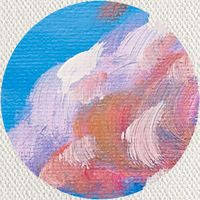
To create a scumbling effect, first apply an even layer of paint as a background. Wait for the paint to fully dry before using a dry bristle brush dipped in another color of paint. Rub the brush on the canvas in different directions to create different effects. Scumbling is often used to create wispy clouds.
Blurred edges
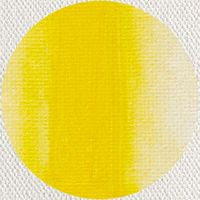
To create blurred edges or soft edges in your painting, wet your brush and dip it in paint. Then, draw a line; while the paint is still wet, touch the edges of the line with a brush dipped in water. This will blur and soften the edge.
Hard edges

When you want to create a hard edge in your painting, load up a dry brush with paint and draw a line. Once the paint is completely dry, you'll have a sharp, defined edge along that line.
Splashes

You can create large splashes of paint on your canvas by scooping up a lot of paint with your brush and flicking it onto the surface. To get smaller splashes, hold a clean brush horizontally and tap the paint-filled brush against the handle of the clean brush.
Impasto
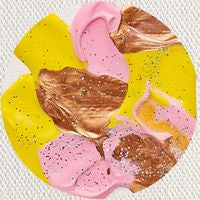
Squeeze a few colors on the palette and use a palette knife to transfer a large amount of paint to the canvas. The peaks and valleys created by the paint give the impasto surface its unique appearance. To add even more dimension, You can sprinkle glitter on the wet paint.
Glazing technology

To create a glazed effect with acrylic paint, mix the paint with lots of water and apply it to the canvas surface. Once the first layer is dry, add another layer of paint, using the same or a different color. Each new layer will create a darker shade or blend with the first color to create a new shade. For example, in the above photo, stripes were painted, and you can see where the colors mixed when a new layer was added.
Water drop texture
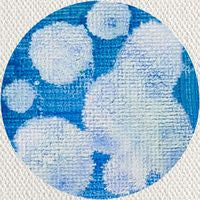
Paint a thin layer of paint on canvas using a wet brush. While the paint is still wet, use a pipette to add drops of clean water onto the painted surface.
Stencils
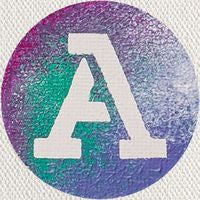
When creating a stencil, you must first print out a symbol, letter, or design on paper. Once printed, carefully cut out the desired shape from the paper. If the paper is not adhesive-backed, use painter's tape to attach the stencil to your chosen surface. Next, with a stencil brush or sponge, apply a small amount of paint over the stencil. Make sure to use pouncing motions and cover all the edges well. Allow the paint to dry for a bit before removing the stencil.
Dot technique
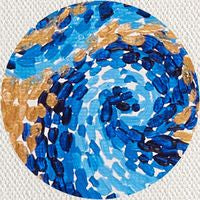
This painting technique can be used by beginners who are learning acrylic painting. To start, apply different colors in small strokes close to each other on your canvas. For example, you could use light blue and dark blue and then swirl them together to create a wave effect. If you're not confident in your ability to paint the wave freehand, you can always start by painting the outline first and then fill it in with small strokes.
Smudging technology
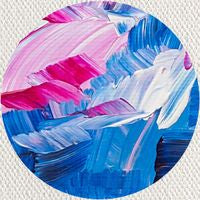
To create a smudged effect, apply 3-4 colors close to each other with a dry brush and blend some of the colors randomly.
Using glitter

Paint a layer and let it dry. On top of the painted layer, use glue to draw stripes or other shapes. Sprinkle glitter over the glue lines using more than needed to cover the glue thoroughly. Shake off the excess glitter.
Using pastels
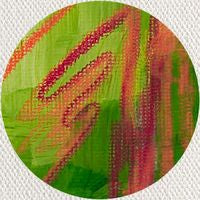
This is a great technique for beginners to learn acrylic painting. First, cover the page with diluted acrylic paint and allow it to dry. Then, use oil pastels to write, draw, or make marks over it. This will give your painting an extra bit of dimension and interest.
Using a gel pen

If you're just starting out with acrylic painting, using gel pens is a great way to add some bright, fun colors to your work. Gel pens can be used to create interesting effects and add dimension to your paintings.
Using markers
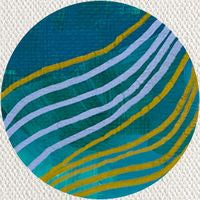
Apply paint to your canvas, and wait for it to dry completely. Once it's dry, you can use markers to draw graphics or illustrations on top of the layer of acrylic paint.
Acrylic dots
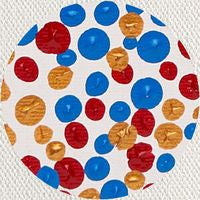
Squeeze different colors onto the palette. Then, use the blunt side or the eraser end of a pencil to dip into paint and press it onto your surface to create perfect little dots. Repeat this process using different colors.
Mix with palette knife

Acrylic paint can be mixed using a palette knife to create interesting effects and new colors. To do this, squeeze out paint onto your canvas and then use the knife to combine them. Try not to blend the colors too much so that all individual colors are still visible.
Using texture paste

To create interesting texture in your acrylic painting, you can add texture paste to your paint. To do this, mix the texture paste with the acrylics until you get the consistency you want. Then use a palette knife to lift it from the palette and place it on your surface. Vary the amount of pressure you apply with the knife to create different effects. Leave some areas of the painting untouched for contrast.
Dry bristle brush
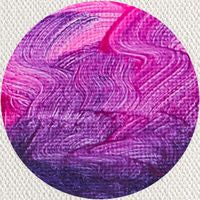
Use a dry brush to apply a thin layer of paint. Move the brush to create a wavy pattern.
Using mica powder
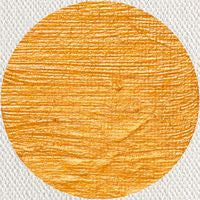
Add mica powder to it if you want your acrylic paint to have a metallic sheen. First, put the paint on a palette, then slowly and carefully add the powder to the paint, mixing it in as you go. Mica powder is fine, so if you add it too quickly, it will fly off the paint and create a mess.

